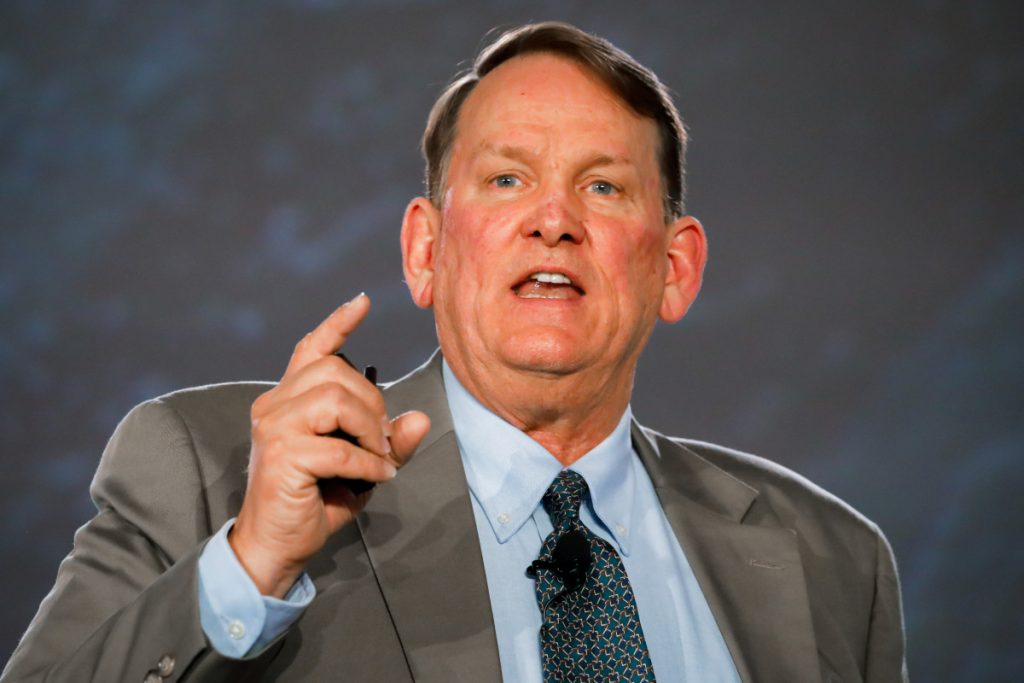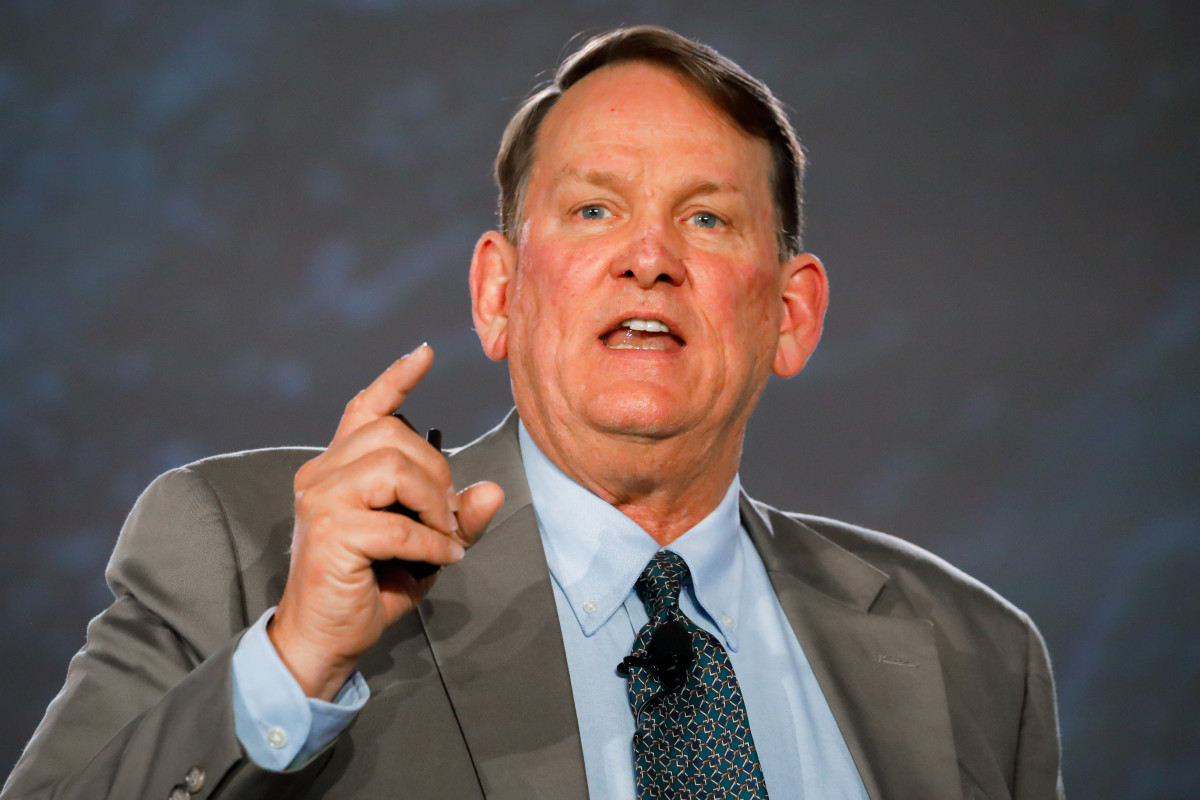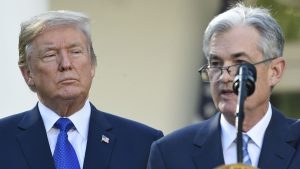Wall Street veteran analyst revamps stock market forecast after rally

It’s been up, up, and away for the stock market since President Trump paused reciprocal tariffs on April 9.
The reprieve was welcome news for investors who had been hit hard following President Trump’s “Liberation Day” tariff announcement, which included import taxes higher than most economists and Wall Street analysts expected.
The S&P 500 fell over 10% after Liberation Day as investors ratcheted economic and corporate profit forecasts lower. This brought its total decline since peaking in mid-February to 19%, just shy of bear market territory.
Related: Billionaire Bill Ackman sends hard-nosed message on China, U.S. trade war
The speed and sharpness of the decline pushed market sentiment to levels associated with oversold rallies, and Trump’s pause lit the match under stocks, sending the S&P 500 and tech-stock heavy Nasdaq up double-digits.
Now that the stock market has recouped its Liberation Day losses, investors are likely wondering what’s next.
While anything can happen, veteran Wall Street analyst Sam Stovall recently provided updated thoughts on the market and how the rest of the year may play out.

Bloomberg/Getty Images
Stocks rally in the face of a weakening economy
The stock market’s rally is impressive, particularly given that gains are coming despite a weakening economic backdrop.
- Unemployment has risen to 4.2% from 3.4% in 2023.
- PCE inflation was 2.6% in March, excluding volatile energy and food prices, ahead of tariff price increases.
- First-quarter GDP was negative 0.3%.
- ISM’s manufacturing and services PMIs have declined.
- Consumer confidence has slipped significantly.
The uptick in joblessness is concerning, but arguably, unemployment remains historically low. While sticky and above the Fed’s 2% target, inflation is still far tamer than in 2023 and 2024. GDP’s decline is concerning because it reflects a slowdown from 3% last summer, but adjusted for imports and gold trading, the economy still likely grew by more than 2%, far from terrible.
Therefore, perhaps, the most concerning cracks in the economic armor are the ISM readings and Consumer Confidence, since both are leading rather than lagging indicators.
ISM’s Manufacturing PMI fell to 48.7 in April from 50.9 in January. Readings below 50 reflect contraction. ISM’s Services PMI for April will be released on May 5. In March, it fell to 50.8 from 52.8.
Meanwhile, the Conference Board’s Consumer Confidence Expectations Index dropped to a 13-year low in April as worries over job security and inflation accelerated. At 54.4, the Expectations Index has been the lowest since October 2011 and is far south of 80, the level which can signal a looming recession.
Toss in ongoing tariff uncertainty, including a whopping 145% import tax on China, 25% tax on autos, and 25% import tax on Canada and Mexico, and you’ve got a lot of headwinds that could cause problems for stocks over the coming quarters.
Veteran analyst updates stock market outlook
Sam Stovall has seen a few things throughout his career. He served as managing director and chief investment strategist at S&P Global for over 27 years and is currently chief investment strategist for CFRA, a major research firm.
Stovall, who has a reputation for connecting dots between what’s happened in the past and the present, recently pointed out that the stock market’s behavior this year isn’t all that surprising.
Related: Iconic fund manager sends shocking 3-word message on stocks
“In the first year of a president’s term in office, whether it’s the first term or second term, we traditionally see elevated volatility with the drawdowns averaging more than 15% for Republican presidents versus 10% for Democratic presidents,” said Stovall in a TheStreet interview.
Of course, knowing that drawdowns are common is a bit of cold comfort for investors. Unfortunately, the market isn’t necessarily kind to investors for the whole year when stocks are down more than average in the first 100 days of a President’s term.
“President Trump’s 7.3% decline in his first 100 days in office does place him behind only Richard Nixon’s 9.9% decline. And historically, whenever the first 100 days return has been below average, which was around 3% then, for the full year, the market actually posted an average decline, with, from a party perspective, a nearly 10% decline for Republican presidents,” said Stovall. “So history would essentially say, we have to hold on to our hats for 2025.”
The stock market tends to behave more erratically as bull markets get longer in the tooth, and after back-to-back 20% plus S&P 500 returns, it’s not shocking that we’ve seen more pops and drops than we did last year.
“We find that a lot of bull markets don’t make it to the end of the third year. And as a result, we see a pickup in volatility and a reduction in the average price advance,” said Stovall.
While Stovall doesn’t rule out a recession, he doesn’t think we’ll get one this year. As a result, he believes the S&P 500 will still finish the year up.
“This is more of a manufactured correction because of the trade war. Should the US decide to back off on some of its trade demands, the risk is probably more to the upside than to the downside,” said Stovall. “2025 is still likely to post a low single-digit price appreciation.”
Related: Veteran fund manager unveils eye-popping S&P 500 forecast
#Wall #Street #veteran #analyst #revamps #stock #market #forecast #rally




